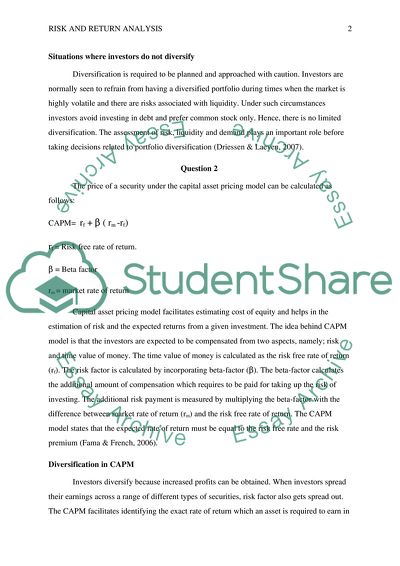Cite this document
(“Situations Where Investors Do Not Diversify Assignment”, n.d.)
Retrieved from https://studentshare.org/finance-accounting/1657679-examine-the-risk-relation-between-risk-and-return
Retrieved from https://studentshare.org/finance-accounting/1657679-examine-the-risk-relation-between-risk-and-return
(Situations Where Investors Do Not Diversify Assignment)
https://studentshare.org/finance-accounting/1657679-examine-the-risk-relation-between-risk-and-return.
https://studentshare.org/finance-accounting/1657679-examine-the-risk-relation-between-risk-and-return.
“Situations Where Investors Do Not Diversify Assignment”, n.d. https://studentshare.org/finance-accounting/1657679-examine-the-risk-relation-between-risk-and-return.


